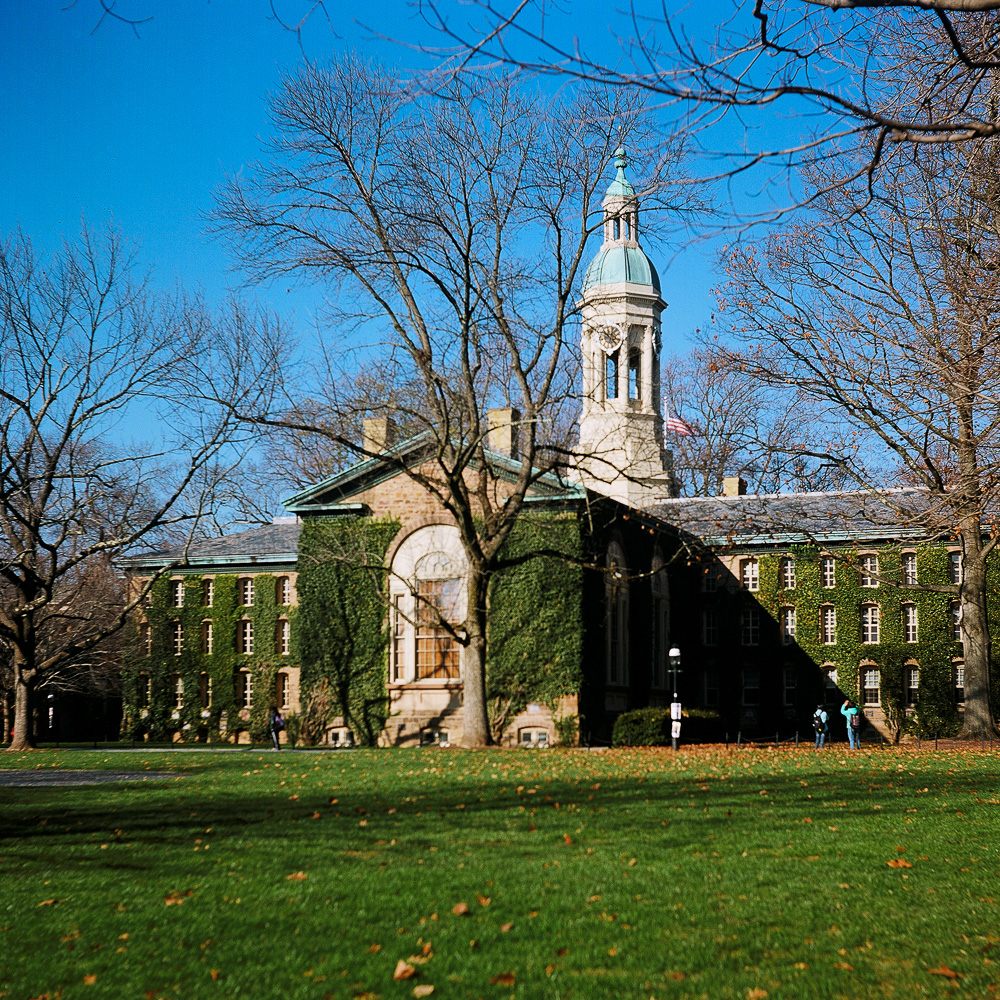Robert Smith
1/14/1722 - 2/11/1777

Master Builder or Architect?
The use of the term architect is a direct inheritance from the renaissance whose meaning persists to today in some ways. The idea of the architect as a designer with vast theoretical knowledge of buildings, and particularly their form and proportions as distinct from the master builder who constructs buildings, is a Greek/Roman idea reestablished by the Renaissance.
At least two early “architects” operating in Philadelphia have come down to us, James Porteus, who came over with William Penn and probably designed his “slate roof house”, was allegedly trained as an architect in England and Samuel Blodgett who designed the First Bank of the United States.
History has regarded them as architects since both these men seem to have been educated in architecture and, more importantly, did not seem to have been involved in the actual construction of buildings i.e. they were gentlemen not involved in “trade”. In the early days of the English colonies few buildings were grand enough, and few patrons wealthy enough, to afford the architect’s services and therefore most buildings were built by master builders who involved themselves in both the design and construction.
Sometimes the broad outline of a design was laid out by an owner or other well educated prominent citizen. This design was then developed in cooperation with a skilled builder who could translate the design into actual reality. Often too, interior details such as doorways, fireplace mantels, and window treatments were copied from English “pattern books” We know that builders modified the patterns in the patterns books to suit themselves and local conditions and the availability of local materials.
However, how fair is it to say that a man like Smith, because he lacked formal education, and built what he designed, was a mere copyist without the special concern for form and design that is the architects special stock and trade? This is where the renaissance idea of the architect and the modern concept of one clash.
We know Robert Smith was the go-to person for large, prestigious, and complicated buildings in colonial Philadelphia. He is credited with several of the important buildings of Georgian Philadelphia such as the Walnut Street Prison, St. Peter’s Church, Carpenters Hall, the steeple of Christ Church and Nassau Hall at Princeton. He worked as far away as Williamsburg, Virginia where he designed the public hospital for the treatment of mental disorders
He was a member of both the Carpenter’s Company and the American Philosophical Society, and probably met Franklin at the latter. He’s credited with designing Franklin’s house which would’ve been one of largest mansions in Philadelphia at the time of its construction in the mid 1700’s.
Depending on your point of view, he was either the most gifted of the master builders or among the earliest truly successful architects in Philadelphia, who arrived at that success by offering clients superior design and construction services. Smith’s participation in some of the largest and most distinguished building projects of his time is an indication of his superior abilities as a accomplished builder, and of a master designer, who translated his client’s ideas into bricks and mortar.
- Historic American Building Survey
- National Register
- Home
- Contact Me
- Photo Gallery